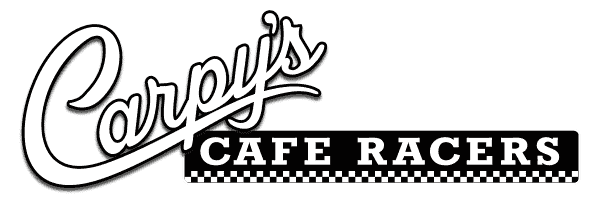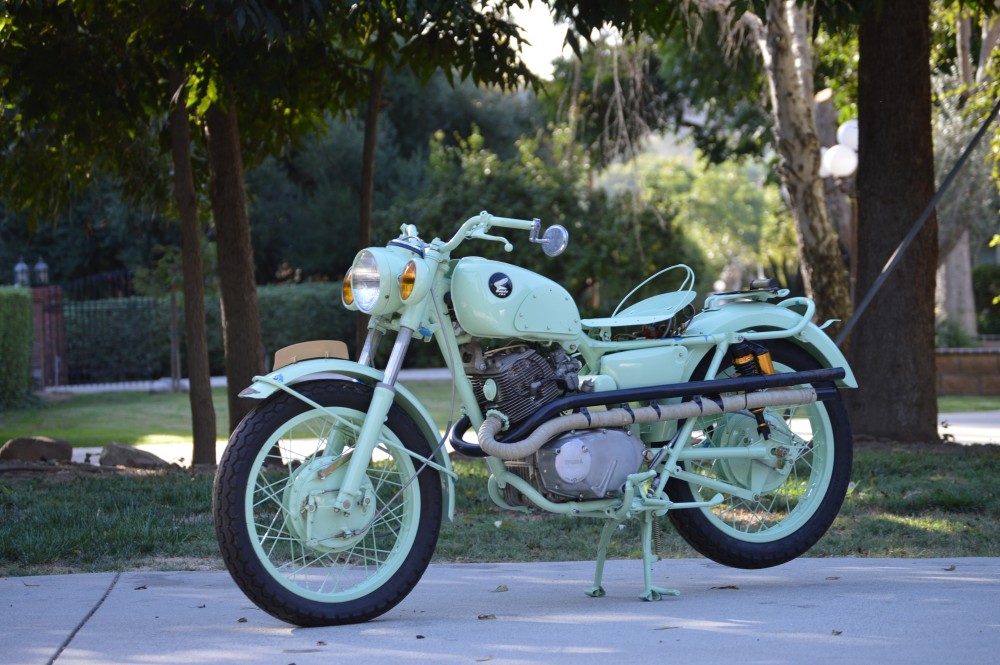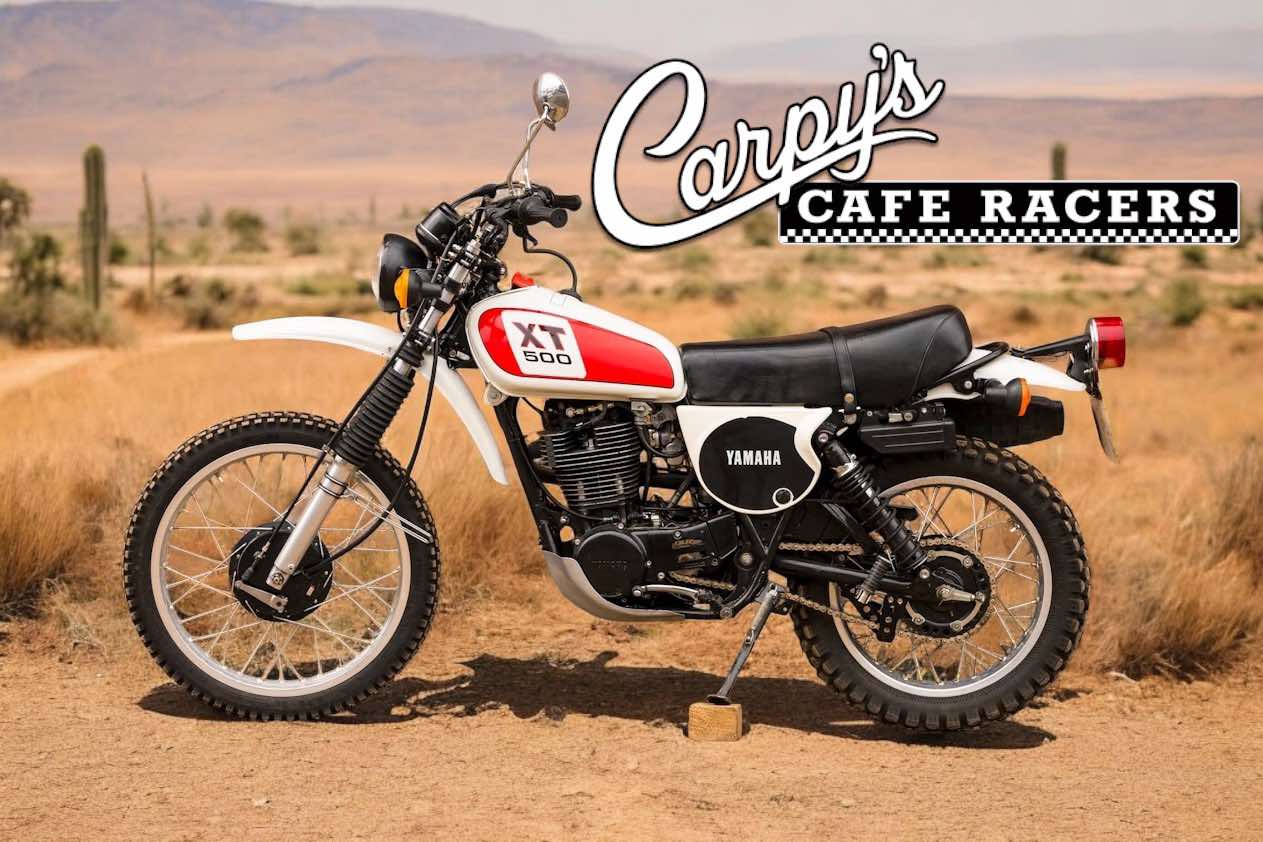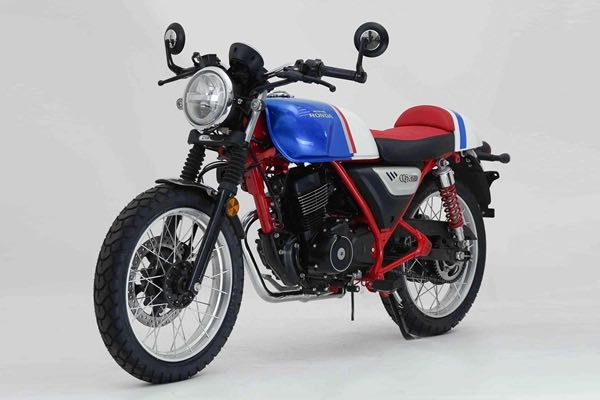Here we have the last of Honda’s 305 models, which began with the dry-sump CA76 in 1959, moving on to the wet-sump CA77 Dream in 1960, then the CB77 Super Hawk in ’61, and finally, the model we are dealing with here, the CL77 Honda. I have had this in bits and pieces and a […]
Monthly Archives: October 2024
Time and tide wait for no man, woman or anything to be honest and as a Teenager in the 70’s I always wanted the good old Thumper Motorcycle, but didn’t have the money, but have always loved the infamous “Dinosaur” These 500 machines were almost grenade proof and ran hard on the road and dirt. […]
Here we are into the first week of October already, but the weather here in Southern California is not letting us experience Fall yet, it’s almost 100 today and that restricts the amount I can do outside or even in the barn, as its like an oven in there. So, I thought whilst I take […]



